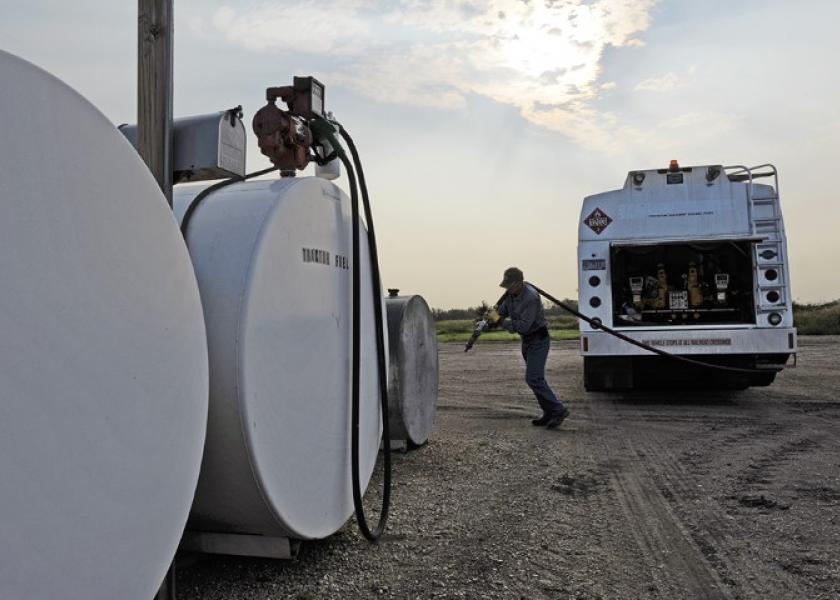Freight Costs To Remain High Through Winter, Analyst Says

Freight costs are likely to remain elevated through the winter, despite the recent decline in crude oil prices, says Altin Kalo, senior economist at Steiner Consulting Group.
The U.S. Energy Administration’s recent update put inventories of diesel and heating oil at just 106 million barrels, well below the five-year range and also at the low end of the range for the last 40 years.
“Tight inventories continue to underpin diesel and heating oil prices,” Kalo said. “The average heating oil price for the week was pegged at $5.704/gallon, up 68% compared to a year ago.”
The severity of the winter weather this year will determine the trajectory of fuel oil prices. While diesel prices seemed to ease a bit towards the end of the summer, Kalo noted they have started to climb again. For the most current week the average price of diesel fuel in the US was $5.341 per gallon, up 9.2% in the last four weeks and 44% higher than last year. For diesel, the Gulf coast was the low point at $4.987 per gallon, while California was the high price at $6.331 per gallon.
“There is a wide range of diesel prices around the country, reflecting regional supply availability and tax structure,” Kalo said. “Normally the price of diesel will track with crude oil prices since it is the biggest contributor to its production cost. Last year crude oil accounted for about 49% of the overall cost of diesel fuel. Distribution and marketing was 20.2%, federal and state taxes made up 17.4% and refining costs accounted for 13.5%.”
But the spread of diesel vs. crude has widened significantly this year as the market has been unable to bolster supply quickly enough to match up with demand.
“Inventory depletion means that higher prices are needed in order to limit the quantity demand even though crude prices may be down,” Kalo said.
In its October outlook EIA noted that diesel prices for 2022 will be up about $1.7 per gallon vs. the previous year and only $0.7 of the increase is due to higher crude oil prices. The rest has gone to a larger wholesale and retail margin.
“Diesel fuel affects the entire food supply chain, from the tractors and pickup trucks on the farm to the trucks that deliver grains and livestock to plants and the vehicles that move meat products and finished goods to processing plants and retail stores,” Kalo said. “Diesel fuel is a key component for freight costs but it is not the only one. Labor, equipment and overhead are an important consideration, too. According to an index of freight trucking from the US Bureau of Labor Statistics, freight costs have been rising at a slower rate. But keep in mind that they are still rising. In September the freight PPI was up 20% compared to the previous year. Earlier in the year costs were up as much as 37.5% y/y. But cost is still up and it is now 49% compared to January 1, 2020 before the start of the pandemic.”
Higher labor and other costs are already baked in, Kalo noted, and those costs will continue to flow through into the various products traded and ultimately paid for by the US consumer.







